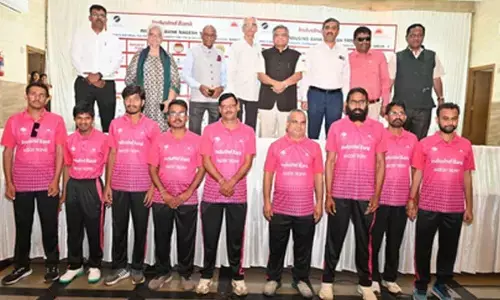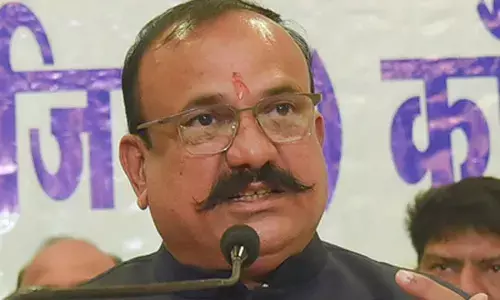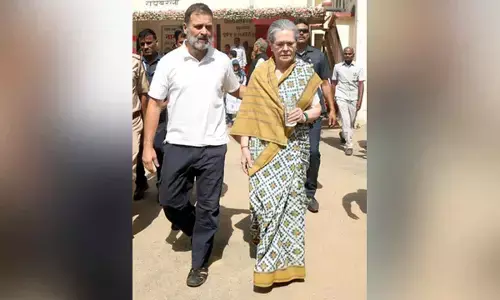The Chinese Revolution

In the 1960s, Chinese Communist Party leader Mao Zedong, began to feel that the party leadership in the country was, in as case of the Soviet Union, becoming increasingly influenced, by too much emphasis on revisionist thinking – giving greater importance to expertise rather than to ideological purity.
In the 1960s, Chinese Communist Party leader Mao Zedong, began to feel that the party leadership in the country was, in as case of the Soviet Union, becoming increasingly influenced, by too much emphasis on revisionist thinking – giving greater importance to expertise rather than to ideological purity.
His own position in government had weakened after the failure of his “Great Leap Forward” which had resulted in an economic crisis.
A group of radicals, led by Mao’s wife Jiang Qing, and the defense minister Lin Biao, attacked the party leadership. Mao was able to reassert his authority.
To encourage the personality cult that sprang up around Mao during the first phase of the Cultural Revolution, Lin Biao caused distribution of the now-famous the "Little Red Book" of Mao's quotations to millions of citizens.
Cultural Revolution and the Red Guards
At a meeting of the Plenum of the Central Committee in 1966, Mao launched the so-called Cultural Revolution or the “Great Proletarian Cultural Revolution”.
Schools were closed down, and Mao called for a massive mobilization of youth power against the party leadership, accusing it of cultivating bourgeois values and lack of revolutionary spirit.
In the following months, the movement rapidly escalated and resulted in the students forming paramilitary groups called the Red Guards (RG) which attacked and harassed members of China’s elderly and intellectual population.
A coterie formed around Mao, similar to that which existed for Stalin, with different factions of the movement claiming to be exponents of the true interpretation of Maoist thought.
Lin Biao’s Role
During this early phase of the Cultural Revolution, President Liu Shaoqi and other Communist leaders were removed from power, beaten and imprisoned. Eventually, in 1969, Liu died in prison. In 1967, with competing factions of the Red Guard movement battling for dominance, many Chinese cities reached the brink of anarchy.
Mao made Lin send army troops in to restore order, soon forcing many urban members of the Red Guards into rural areas. Thereafter, the movement gradually declined. In 1968, chaos prevailed and, as a consequence, the Chinese economy plummeted, with industrial production for dropping alarmingly.
Mao Zedong
In 1969, Lin was officially designated Mao’s successor. He soon used the excuse of border clashes with Soviet troops to institute martial law. Disturbed by Lin’s premature power grab, Mao began to maneuver against him with the help of Zhou Enlai, China’s premier, splitting the ranks of power atop the Chinese government.
In September 1971, Lin died in an airplane crash in Mongolia, apparently while attempting to escape to the Soviet Union. Members of his military High Command were subsequently purged, and Zhou took over greater control of the government.
Lin’s brutal end led many Chinese citizens to feel disillusioned over the course of Mao’s high-minded “revolution,” which seemed to have dissolved in favor of ordinary power struggles.
Zhou acted to stabilize China by reviving educational system and restoring numerous former officials to power. In 1972, however, Mao suffered a stroke; in the same year, Zhou learned he had cancer.
The two leaders threw their support to Deng Xiaoping (who had been purged during the first phase of the Cultural Revolution), a development opposed by the more radical Jiang and her allies, who became known as the Gang of Four.
In the next several years, Chinese politics teetered between the two sides. The radicals finally convinced Mao to purge Deng in April 1976, a few months after Zhou’s death, but after Mao died that September, a civil, police and military coalition pushed the Gang of Four out. Deng regained power in 1977, and would maintain control over Chinese government for the next 20 years.
It is estimated that about 15,00,000 people were killed during the Cultural Revolution, and millions of others suffered imprisonment, seizure of property, torture or general humiliation. The Cultural Revolution’s short-term effects may have been felt mainly in China’s cities, but its long-term effects would impact the entire country for decades to come.
Mao’s large-scale attack on the party, and the system he had created, would eventually produce a result opposite to what he intended, leading many Chinese to lose faith in their government altogether.
All in all the revolution can be deemed to have been a failure suffered a defeat. Worse still: at the critical moment even petty-bourgeois radical leaders like Wang Chin-Wei turned against the revolution. Indian revolutionaries must study the Chinese experience for their benefit.
They will find great similarities in the experiences both the countries. Rather than sacrifice the sectional interests of the reactionary landlords and capitalists, the bourgeois nationalist leaders betrayed the revolution. Class solidarity cut across national solidarity.
Cowardice and compromise practically killed the whole uprisal almost as soon as it was born.
And the interests of nation were sacrificed at the altar of class interests.

















